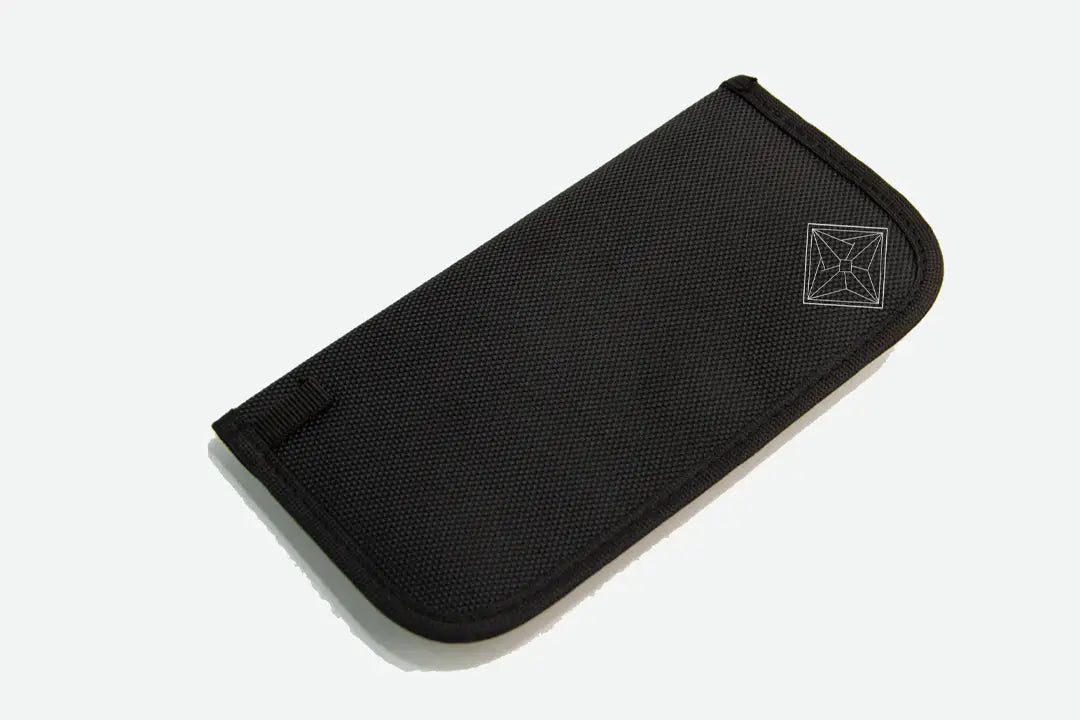What's the Difference Between Pink Eye and Styes, Anyway?
Both pink eye and styes are infections that may cause significant discomfort and anguish when they attack the eyes. On the other hand, they are distinct in a number of significant aspects that make therapy far more successful.
When bacteria clog a hair follicle on the eyelid, a condition known as a stye may develop. Styes are also known as hordeolums. The symptoms include a painful rash, itching, and redness.
Causes
A person is said to have pink eye if their eyes become inflamed as a result of bacteria, a virus, or any number of other potential causes. Eyes that are red, watery, and itching might be the result of a common condition that is often ignored despite its prevalence.
Pink eye may be caused by either bacteria or viruses, and both types are very infectious. In most cases, they are transmitted when an individual contacts a contaminated surface and then touches their eye. This is the reason why it is essential to regularly wash your hands and to refrain from touching your eyes.
You may attempt a few different home remedies while you wait for the infection to go away in order to get some relief from the symptoms. Neem oil is one of these options, and it is well-known for its ability to calm the eyes and speed up the healing process. A honey poultice applied close to the inflamed eye is another treatment option.
Eye drops that are available over-the-counter and include antihistamines may be able to help you manage the symptoms of pink eye if the condition is brought on by an allergic reaction. These will help minimize the redness and the itching that you are experiencing.
If the infection is serious, your doctor may recommend that you use eye drops that need a prescription. Antibiotics and antihistamines are two examples of these types of medications.
An adenovirus, which is responsible for around 90 percent of all occurrences of viral pink eye, is the most typical cause of the condition. Coronaviruses, herpes simplex, and varicella-zoster virus are some examples of other viruses that are capable of causing this form of conjunctivitis.
Pink eye may also take the form of styes, which manifest themselves when the glands that border the eyelid of the affected eye get infected by bacteria. They have the appearance of red lumps and tend to form in the region around the gland or eyelash follicle that is afflicted.
Styes are notoriously painful when they make their appearance. Even though they usually clear up on their own, it is recommended to have them checked out by a medical professional just in case.
If one of these disorders is not properly addressed, it may lead to major complications, including issues with one's eyesight. If you suspect that you have a stye and that your eyes are giving you discomfort or irritation, you should seek emergency medical assistance as soon as possible.
The best defense against pink eye is a clean set of hands and a medicine cabinet stocked with eye drops and creams that don't cause your eyes to water. It is also a good idea to get rid of your contact lenses as soon as you detect any indications of pink eye, including irritation and drainage from the affected eye.
Symptoms
Because the symptoms of pink eye and a stye are so similar, diagnosing one from the other may be challenging. However, being aware of the distinction may help you better manage both disorders and reduce the likelihood that they will recur in the future.
Tiny red pimples called styes appear on the skin when an oil gland gets blocked with debris and becomes inflamed. Styes are almost often brought on by bacteria, but there are a number of other things that may play a role as well.
They manifest themselves in the vicinity of an eyelash most of the time, although they may also show up on the inner or outer surface of the eyelid. According to the Cleveland Clinic, external styes develop when the oil gland that is located next to your eye becomes clogged with dead skin cells and microorganisms. Internal styes occur when the oil gland on the inside of your eyelid becomes blocked by anything such as a piece of debris or a buildup of oil. These styes are painful and may cause vision loss.
Pink eye and styes are both irritating eye infections that cause discomfort and itchiness and need therapy to clear up. Maintaining high standards of cleanliness is essential to bringing them under control.
Washing your hands often with soap and water or using an alcohol-based hand sanitizer is the most effective strategy to reduce the risk of getting a stye (also known as a boil). This helps to remove bacteria and irritants that might block pores or hair follicles around your eyes. This is especially helpful for those who use contact lenses.
Warm compresses applied to the afflicted region on many occasions during the day are another helpful method for treating styes. This assists in reducing inflammation, as well as softening and unclogging the stye.
The use of antibiotic eye drops or ointment may also be effective in treating a stye. If you have more serious symptoms, such as a fever or swelling of the eyelids, your doctor may recommend a different kind of medicine for you to take in order to treat the condition.
You should make an appointment with your primary care physician as soon as you can if you have a stye that does not heal within a few days, grows in size, or gives you greater discomfort. Your doctor may use this information to assess whether or not there is an underlying reason that needs to be treated in order to stop them from occurring in the future.
The illness known as "pink eye" may be brought on by a variety of factors, including allergens, germs, and viruses. If you touch your eyes or put items on them near your eyelid, it might cause the condition to become infectious and spread to other people. It is also more frequent in youngsters, which is why parents need to take additional precautions to prevent their children from rubbing their eyes and spreading the illness to their friends and family.
Diagnosis
Both pink eye and styes are examples of bothersome but common eye infections. Symptoms of both conditions include itching, redness, and pain in the affected eye. When you first look at them, it may be hard to tell them different from one another. However, if you educate yourself on the possible causes and symptoms of each, you will be better able to identify them and treat them appropriately.
According to the Cleveland Clinic, a stye is a painful hump on the eyelid that is produced by an obstructed oil gland. Styes are also known as hordeolums. There are a variety of potential causes for the obstruction, the most common of which being bacteria and dead skin cells. The resultant bump is similar to a pimple in appearance and is red and uncomfortable. It has the potential to progressively get bigger until it bursts and then heals on its own.
It is essential that you be aware of the fact that those with compromised immune systems or those who are diabetic are more likely to get styes. They may also be the consequence of various medical diseases, such as dermatitis or rosacea, which may affect the skin.
If the infection clears up fast, this may be a positive indicator that it is not pink eye; but, if the infection does not clear up within a week or if it becomes worse, you should contact a doctor as soon as possible. This is true in particular in the event that the problem produces a large amount of pain or starts to damage your eyesight.
Over-the-counter drugs may be used to treat both styes and pink eye. These treatments can help decrease symptoms associated with both disorders, including irritation, swelling, and other symptoms. Styes that are brought on by allergies may respond well to antihistamines, but pink eye that is brought on by bacteria may be treated well with antibiotic eye drops.
When it comes to styes, it might be challenging to identify them; however, a lump that resembles a pimple and is located close to the eyelash line is often a strong clue that it's a stye. Styes can also be painful. According to Medical News Today, a stye may also be identified by the presence of a little yellow bump on the interior of the lump. This is a relatively solid sign that the lump is a stye.
Styes will typically get better on their own and go away without any intervention from a doctor in the vast majority of situations. However, you should see a medical professional if the itching, redness, and swelling do not improve over time or if they interfere with your eyesight.
Treatment
Pink eye and styes may have symptoms that are similar to one another, but they are really caused by completely distinct things and need very different treatments. If you are able to differentiate between the two, it will be easier for you to choose the one that is most suitable for your circumstances.
Pink eye caused by viruses and bacterial styes often clear up on their own within a few days of being diagnosed. Make an appointment with your eye doctor, however, if the symptoms do not improve or if they interfere with your ability to see well.
Children have a greater propensity to touch their eyes more often than adults, which may lead to the development of styes. They also utilize a variety of materials that are placed in close proximity to the eyelid, such as soap, cosmetics, or towels, all of which have the potential to irritate the eyes and cause an infection 2.
Pink eye and styes are both infectious conditions, however it is typically possible to stop the infection from spreading. This may be accomplished by always keeping your hands and face clean, but it is particularly important after touching the eyes of another person.
If you think you may have a stye, make an appointment with your primary care physician to discuss possible treatments, such as an antibiotic eye drop or ointment. They could also suggest using a warm compress to the affected area in order to enlarge the oil gland and eradicate the infection.
It is vital to avoid squeezing or popping the stye since doing so might make the discomfort worse and cause the swelling to become more severe. Instead, you should apply a heated 'compress' to the stye on many occasions during the day. Graber suggests that the material need to be one that can become sufficiently heated to be handled pleasantly without causing the eyelid to get burned.
It is imperative that you maintain the stye clean and dry at all times since, if it gets contaminated with germs, it has the potential to transfer the illness to other parts of the body. You may alleviate the pain and discomfort by using over-the-counter anti-inflammatory drugs, such as acetaminophen or ibuprofen, which are available at most pharmacies.
It is possible that in order to cure the infection and remove the stye, you may need medicine, such as antibiotic eye drops, a shot, or surgery. This is especially the case if your stye is severe or chronic. Your physician will be able to diagnose the problem and provide the appropriate therapy after determining the reason.
Visit the Argyle Urgent Care in your community if you suspect that you have pink eye or a stye so that you may obtain treatment that is tailored to your specific requirements. Access to online urgent care is also available via K Health, which enables you to check your symptoms, research ailments and treatments, and message with a health care practitioner in a matter of minutes.

































Leave a comment